The school bus has stopped coming. So, what’s next? A big question, I know! It’s a challenge parents have faced or will face at some point. What does life after high school look like for young adults with developmental disabilities?
For most of us, dread of the “what’s next” starts before the school bus stops showing up. Usually, the last year of high school is all about post-grad dreams, college campus tours, and mapping out the future.
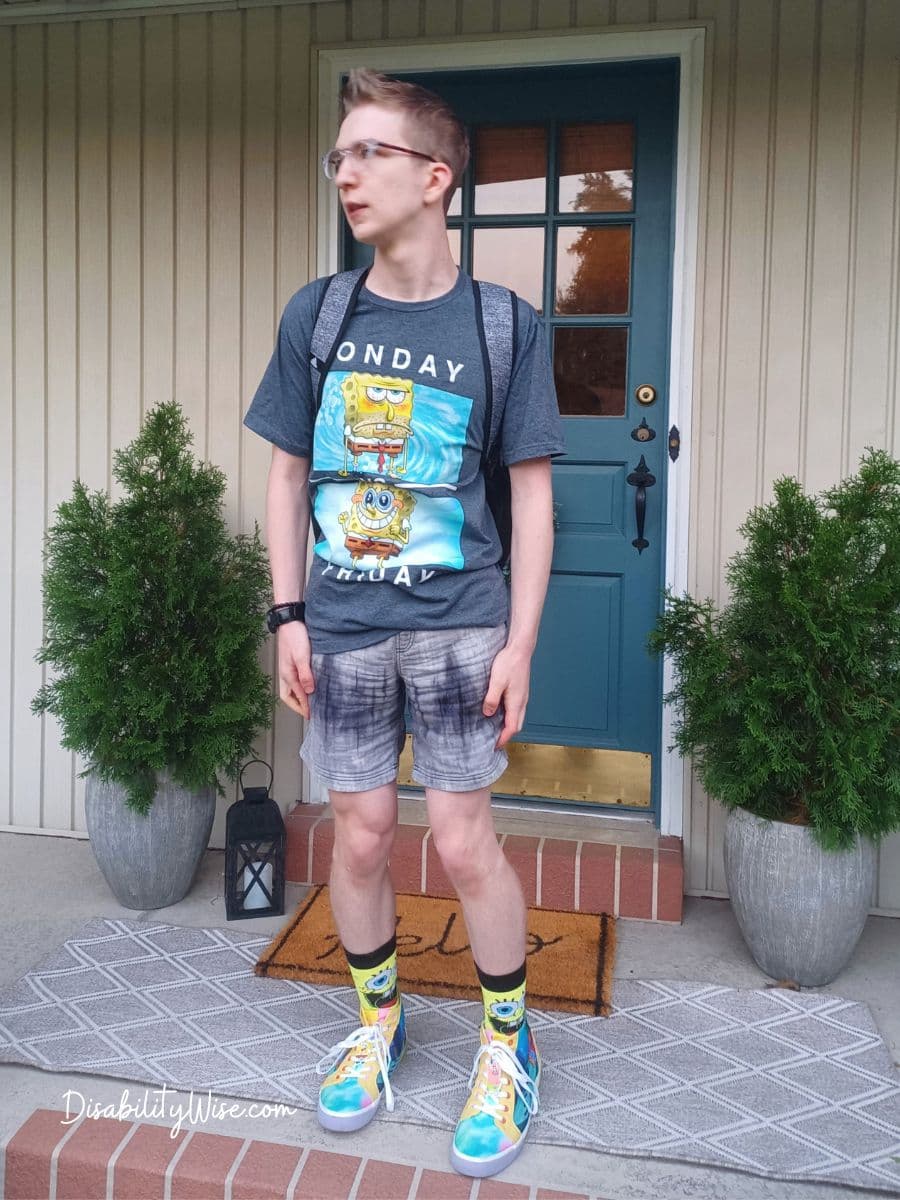
Our son, Ian, is currently in his junior year. His classmates are already looking ahead, focusing on senior year and what comes next. We know Ian’s journey will take a different route. Not bad, just different.
As soon as graduation caps fly, students’ goals and expectations change. As parents, one of our roles is to step in and gently nudge our graduates toward a new purpose as they transition into adulthood.
So, what are the options for young adults with developmental disabilities after high school? I promise that sitting at home binging on Netflix all day is not one of them.
Here are some options to consider for your young adult as you prepare for what’s next.
Adult Day Programs
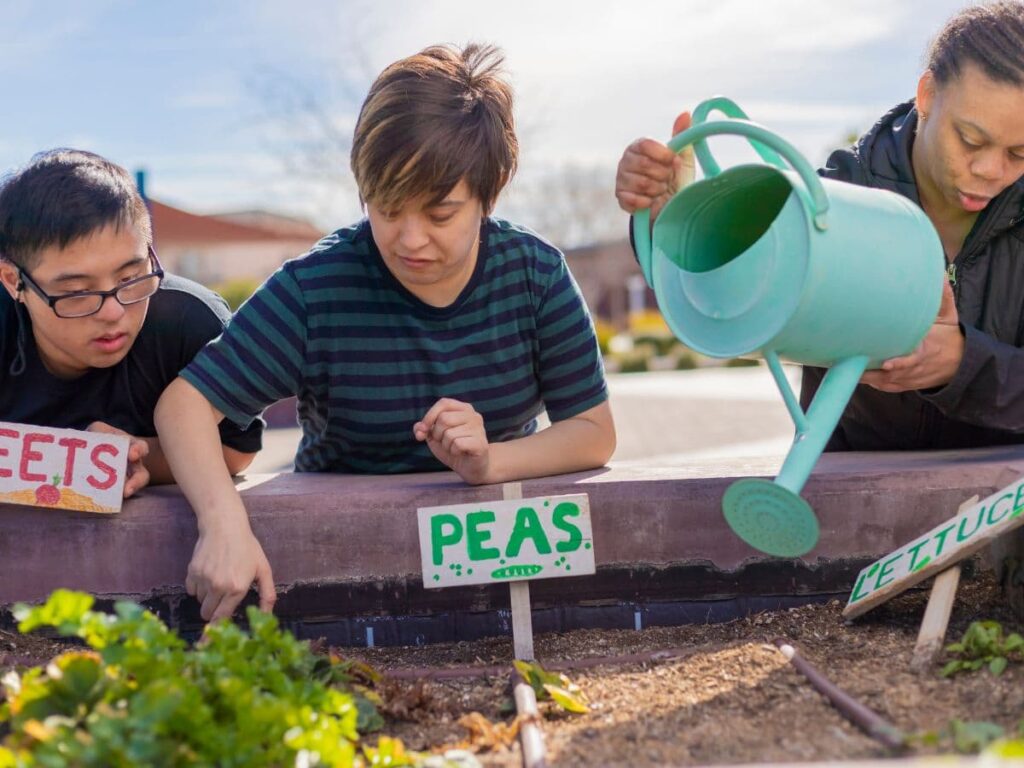
Picture a place where you hang out with friends, participate in community outings, and engage in fun activities during the day. Sounds pretty awesome, right?
Adult day programs (also known as adult day services or adult day support) can provide young adults with developmental disabilities after high school a safe and stimulating environment to spend their day.
But, just like in life, not all things are created equal. While some programs are stellar in their services and staff, others will fall short and miss the mark. Before deciding on a program, I can’t stress enough, do your homework!
Homework Tips
- Start by jotting down a list of programs in your area. You can usually find names of programs through your County Developmental Disabilities Services (DDS), by reaching out to other parents/caregivers, or just by doing a Google search.
- After making your list, grab the phone and get busy calling. Ask to speak to a director or supervisor and have a list of your questions handy (trust me, it’s easy to get sidetracked).
- Now that phone calls are done, it’s time to schedule visits. Scheduling tip: If possible, plan a time when the clients (adults) will be there — this will give you a chance to see things in action.
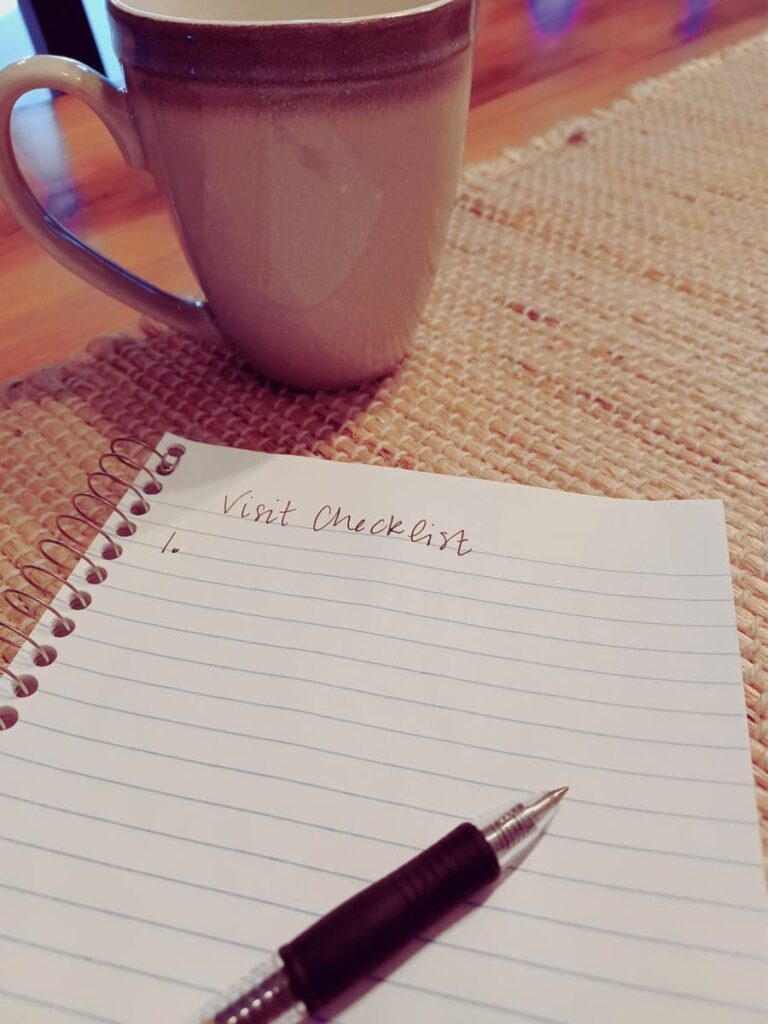
Preparing for the Visit
When planning visits, it’s important to have goals in mind. Here are some areas to think about for your upcoming visits.
Engagement
- What activities are the clients working on? If visiting after hours, ask if you can see examples. Are they cognitively appropriate? Are they engaging?
- Watch how the staff interacts with the clients. Are they being respectful? Staff should talk to the individual, not at them — a big difference!
- Does the staff encourage interaction between the clients?
- Ask about community outings – Are they offered? If so, how often do they go into the community? What locations do they visit? How many staff members assist with the outings?
Staff
- Staff-to-client ratios: How many staff members does the agency employ? (Each state’s ratio requirements are different; I would suggest becoming familiar with your state’s guidelines before your visit.)
- What are the agency’s policies when it comes to staff shortages?
- What certifications or licensing are the staff required to have?
- Are all staff members trained to care for all physical and medical needs, like administering medications, working with feeding tubes or a tracheostomy, etc?
Decor/Environment
- The decor may not be at the top of everyone’s priority list, but it does matter. When you arrive, keep in mind what your first impression is. Is it inviting or unwelcoming? A welcoming environment can impact how young adults feel during the program throughout the day.
- Does the space give a preschool classroom vibe, or worse, feel like you just stepped into a doctor’s waiting room? *shiver* Ideally, it should have a nice balance between fun and engaging, but age-appropriate.
- This one’s a given, but it’s worth mentioning. The space should be clean, safe, and free of clutter!
Vocational or Post-secondary Educational Path
Discussions about job readiness and post-secondary education typically begin at 14 for students on an Individualized Education Plan (IEP). At this point, the IEP team should start to discuss post-secondary transitioning.
I know, I know, post-secondary transitioning…what does that even mean?
Post-secondary transitioning is a plan that the IEP team creates to help prepare and guide a student’s goals beyond high school.
By graduation, parents should know which path…vocational, post-secondary education, or an entirely different path…is best for their child.
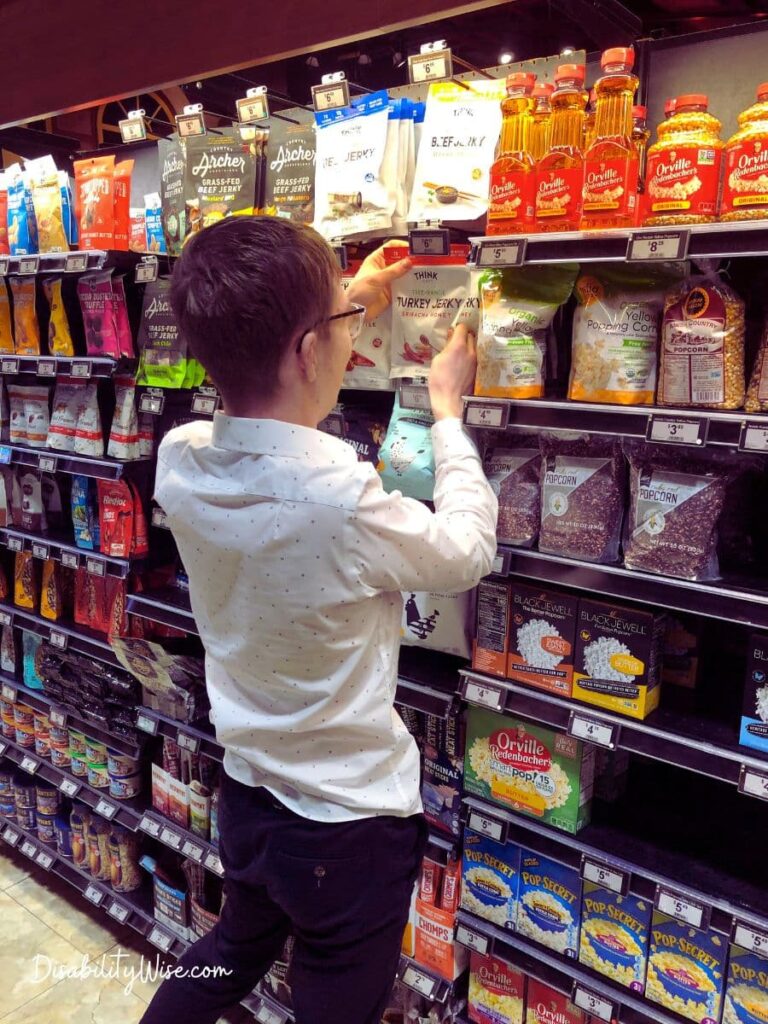
Vocational Path
- Your child’s high school, state vocational programs, or local county or state developmental disabilities agencies (DD) are all great places to explore possible career paths. These resources can offer job training and placement, as well as support and accommodations in the workplace.
- Keep in mind, a meaningful and fulfilling vocation looks different for everyone. Some individuals may require little to no support and be able to work full-time. While others may need one-on-one support and only work a few hours a week. Regardless of the person’s needs or ability, a vocation can give someone a sense of purpose and value.
Post-secondary Educational Path
- Some colleges and universities offer non-degree programs that focus on independent living skills, like job training, personal care, money management, and community navigation.
- In cases where a person can enroll in traditional courses but requires accommodations, they must register with the school as a person with a disability recommended by Understood’s “7 Things To Know About College Disability Services“. It’s worth noting that the support received in high school may differ greatly from what can be expected in college.
Building Social Connections
“In the cookies of life, friends are the chocolate chips.” -Salman Rushdie
Remember how important friendships were growing up? They were everything, the center of our world. Friendships provided us with a sense of belonging and connection.
Research shows that social relationships can positively impact both our mental and physical well-being. Simply put, friends make a difference.
Keeping old friends around or making new ones is super important. For young adults, it can really boost their happiness as they step into adulthood.
Plus, friendships are a great way to sharpen those social skills.
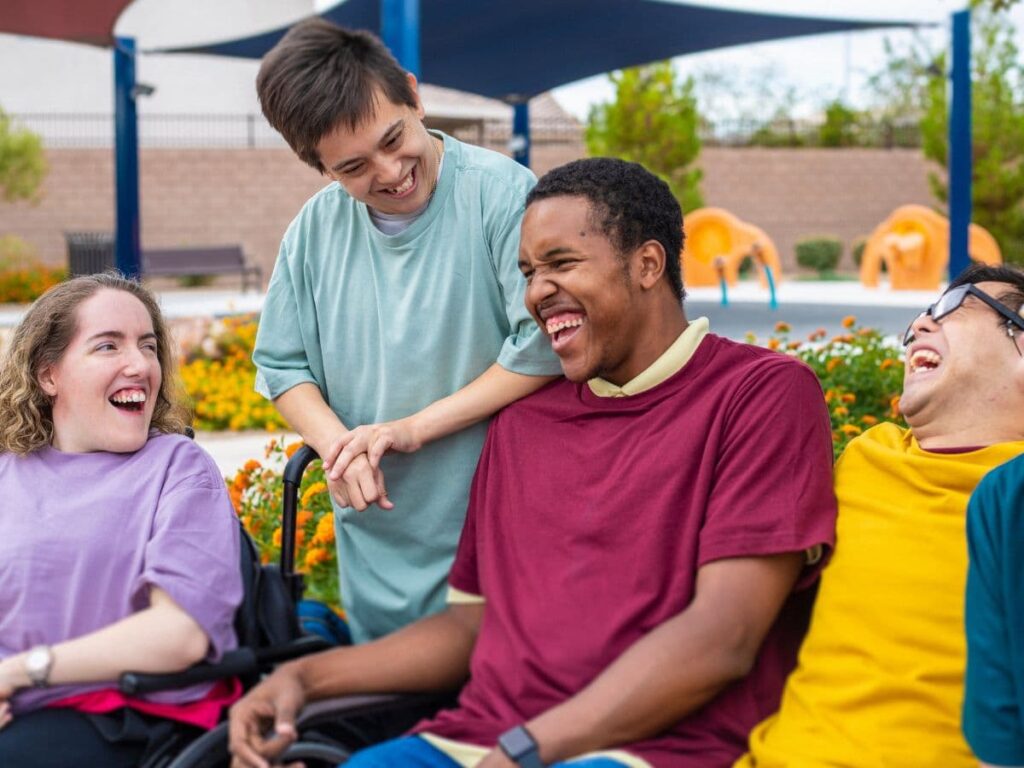
Importance of Socializing
While connecting with others is important to a person’s well-being, the act of social interaction itself can be just as important. Especially for individuals with developmental disabilities who can find socializing challenging.
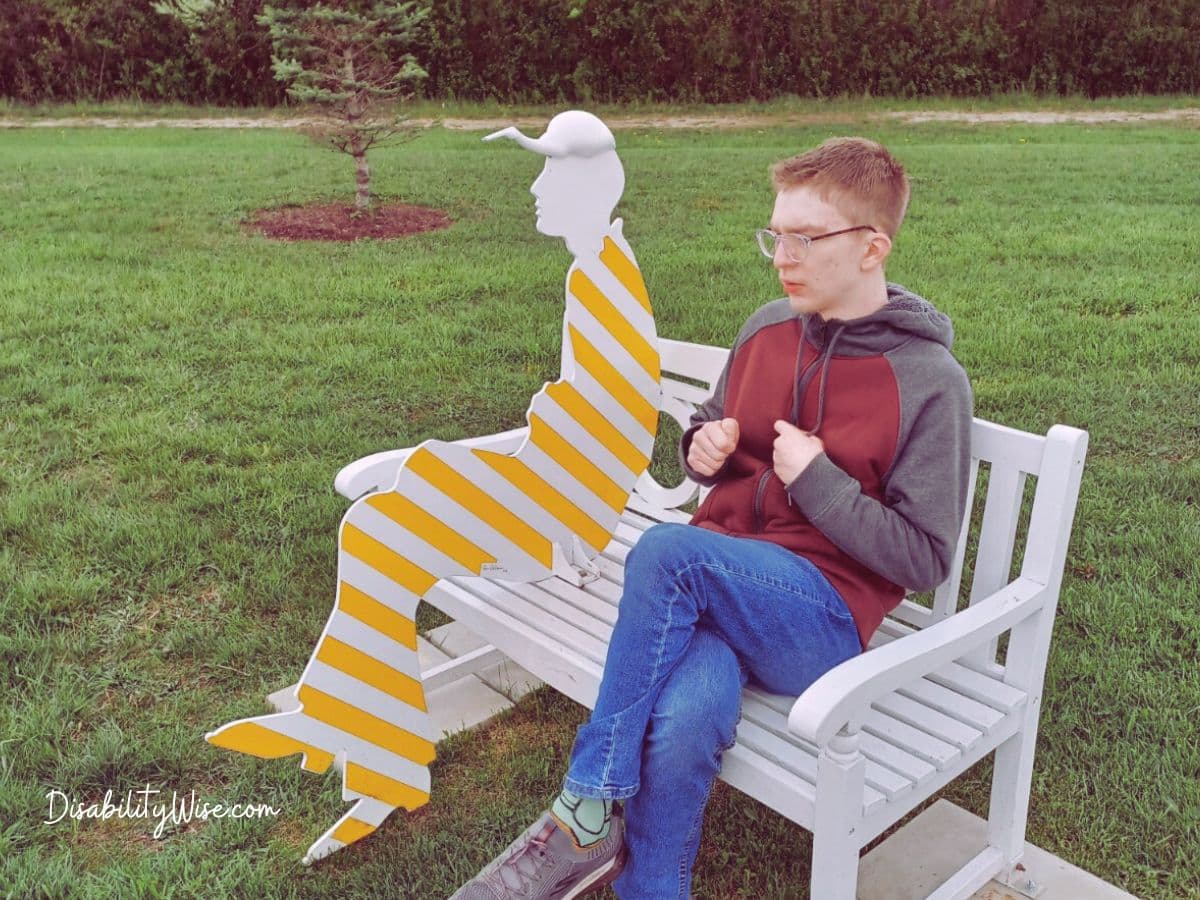
My son struggles with social interactions, especially social cues. And as he gets older, it’s becoming more apparent.
We were at a local library recently, and Ian spotted a man tucked away in the corner, earbuds in, nose buried in a book. The man’s body language screamed, “Don’t bother me”.
Not sensing any of the vibes the man was giving, Ian walked right over to him and struck up a conversation about his newest Lego set. Because that’s what you do when you’re excited about something and want to share it with the rest of the world, right?
In most instances, people are usually kindhearted and see the situation for what it is — thank goodness! But there’s always that fear in the back of my mind, especially as he gets older, that someday it will change.
People with developmental disabilities need safe spaces to practice their social skills, feel like they belong, and just be themselves in a non-judgmental way. Friendships provide all of that.
Ways to Connect with Others
If the young adult in your life struggles with making new friends, here are some ideas on how to help them build connections.
- Join groups or organizations that are tailored toward individuals with developmental disabilities. Sports organizations like Special Olympics are a fantastic way to meet new people.
- Your county or state developmental disabilities agencies (DD) may offer adult social programs, advocacy groups, and community outings. It’s worth checking them out!
- Social media platforms like Facebook groups are terrific ways for young adults to meet. To keep them safe, my advice would be to keep to the private, local social groups only. There is also an online e-mail pen pal program called e-Buddies — another great way to connect with others in a virtual space.
- Can’t find a local private online group? Consider creating one. A couple of years ago, I started a Facebook group for teens and young adults. The group provided a chance for my son and his peers to make new friends and participate in community events. Plus, it’s been a great way for parents to connect and build relationships, too – a win-win!
Final Thoughts: Planning Ahead
It’s natural to feel uneasy as the school years end and we have to begin to think about life after high school for our young adults with developmental disabilities. I find myself there now — I totallllyyy get it!
One suggestion to help you ease into it is to start planning. Sit down with your loved one, and chat about their future goals and dreams. Being purposeful can alleviate some of the stress and concern.
Person-centered planning (PCP) is a fantastic step-by-step future planning tool that can be used for persons with all abilities.
The Arc’s Center for Future Planning and the LifeCourse Nexus Charting the Life Course offer amazing PCP resources.
Remember, you didn’t get here overnight (although sometimes it may seem like it). It will take time and patience for a plan to come together, so be kind to yourself in the process. You got this!
I would love to hear how you planned for life after high school for your young adult. Be sure to leave a comment.
SHARE ON:


